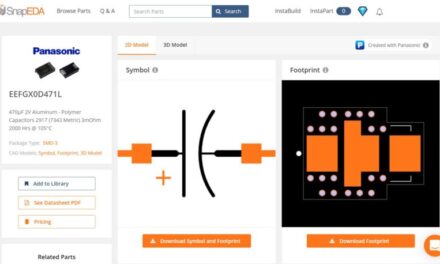Augmented and Mixed Reality have a lot of traction in the Internet of Things (IoT) as key tools to support the Digital twin process, which Industry 4.0 is espousing and sees big benefits in. One element of the digital-twin concept is already present in 3D models created by CAD.
CAD is an accurate digital representation that can be used to ensure different parts fit together both statically and dynamically. Manufacturing simulations can determine whether virtual designs can actually be built using the machines available.
Theorem’s Visualization Experience app for Augmented and Mixed Reality enables users to create a digital twin using their existing CAD and PLM assets. This allows users to view an exact digital representation of a product which can be viewed, and worked with, from any location.
“Out of the box, the Theorem Visualization Experience server architecture is built to link to other databases, and that link is essential in the support of IoT and the Digital Twin.” Observes Stuart Thurlby, CEO of Theorem.
The digital twin can be overlaid on real-time data feeds from sensors in a physical operating asset which know the exact state and condition of an operating-asset (product), no matter where it is in the world.
“By better understanding your physical systems digitally, you can start combining and orchestrating all the digital twins of your operations to improve global performance and create new value and new business models,” explains Stuart “A digitalized product lifecycle can be enabled across a company’s entire value chain, creating what is referred to as the Digital Thread.”
Areas where the Digital Twin can be used include:
Build: Operators leverage a digital replica to speed up the assembly process, combined with intelligence, to provide unprecedented knowledge and insights when problems occur.
Operate: Operators leverage a digital replica to capture history, combined with operating intelligence, to provide insights which predict performance.
Monitor: Digital twins offer past data, KPIs (present data), and insights (future data) about an asset or system, from design and build to operation and maintenance.
To carry out these processes requires visualisation of the digital twin of a product or machine. To do that means it has to be displayed in an augmented or mixed reality device and overlaid on top of the physical product or machine.
To learn more, watch these short videos
Augmented Reality- http://www.theorem.com/Augmented-Reality/Augmented-Reality.htm
Mixed Reality- http://www.theorem.com/Mixed-Reality/Mixed-Reality.htm
For additional information visit www.theorem.com or contact us on marketing@theorem.com or +44 (0) 1827 305350


